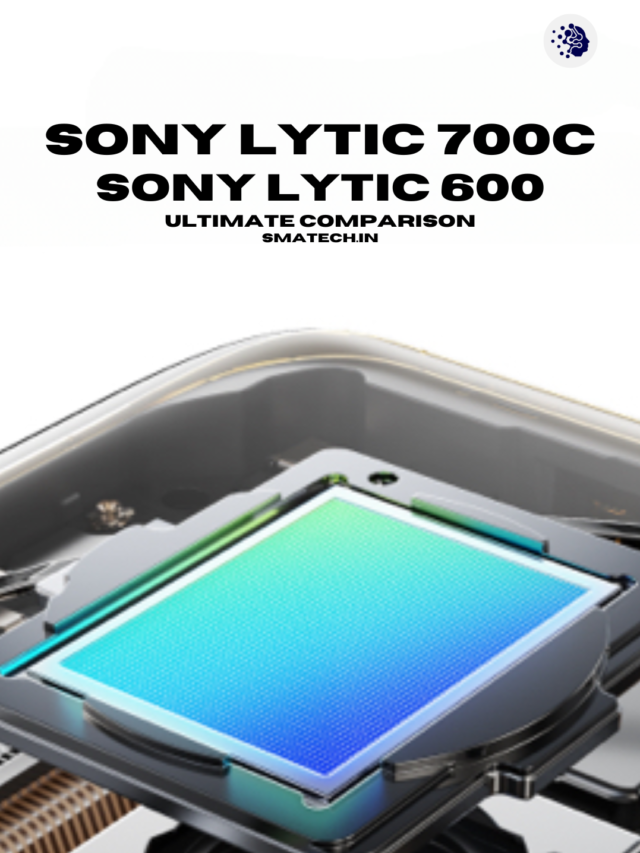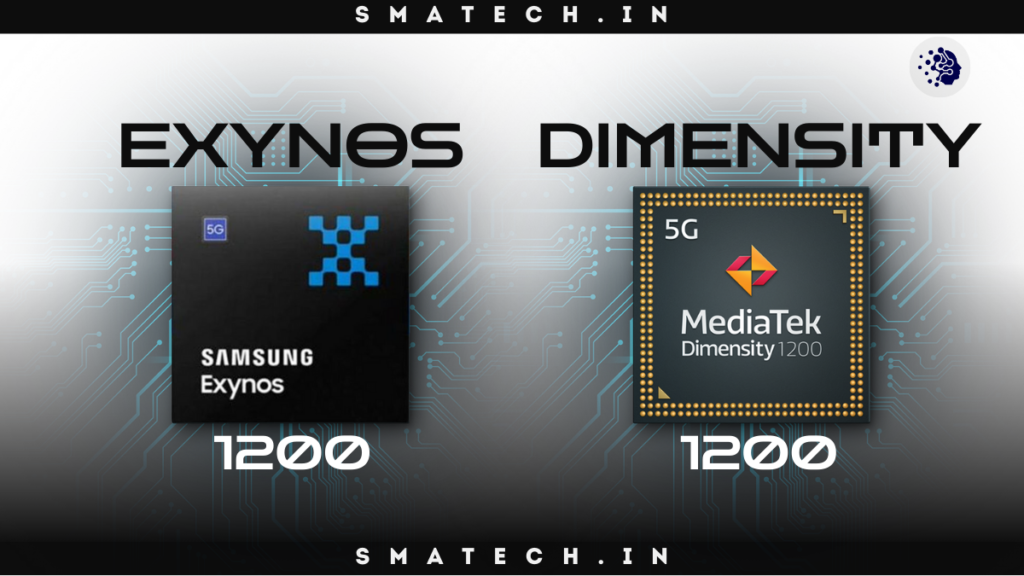In the smartphone sector, Apple has always been at the forefront of innovation, defining standards and establishing trends. As it continues to provide the greatest user experience, Apple is getting ready for a big update that will completely change the market. All iPhones will have OLED screens by 2025, which is a significant departure from the LCD technology now found in some models. This move demonstrates Apple’s commitment to improving display quality and is in line with larger industry trends towards higher-quality screens.
Why the Switch to Apple OLED Screen?
Understanding the Superiority of OLED Technology
The Organic Light-Emitting Diode, or OLED, technology is a major advancement in display quality. OLED panels produce its own light, in contrast to conventional LCDs (Liquid Crystal Displays), which need a backlight to illuminate the pixels. This essential distinction has the following benefits:
- Higher Contrast and Richer Shades: OLED screens have an infinite contrast ratio because they can turn off individual pixels to obtain true blacks. This makes for richer, more vivid colors and a more engaging visual experience.
- Less Bulky and Brighter Displays: OLED screens have the ability to be lighter and thinner than LCD screens since they do not require a backlight. This results in a more streamlined gadget design and maybe frees up additional room for parts like bigger batteries.
- Efficiency of Energy: OLED screens can use less energy since they only illuminate the pixels that are required, especially when displaying darker material. Better battery life, which is important for smartphone users, may result from this.
The Current State of iPhone Displays
Apple currently employs a combination of OLED and LCD panels in its range of iPhone models. More cheap models, like the iPhone SE, continue to employ LCD technology, while higher-end models, like the iPhone 15 Pro, use OLED displays. Apple has been able to serve various market segments by providing a range of price points because to this difference. But the switch to OLED for every model in 2025 suggests a trend in the direction of standardizing high-end display technology throughout the whole lineup.
Related Posts
The Impact of the OLED Transition on iPhone Users
Enhanced Visual Experience
All iPhone models will now have OLED displays, which will greatly improve the user’s visual experience. Users will notice a noticeable difference in the way information is displayed with richer colors, deeper blacks, and sharper contrasts. You may play games, stream videos, or just browse through images with unmatched visual quality.
Moreover, group watching experiences are enhanced by OLED’s exceptional viewing angles, which guarantee that the display maintains its brightness and clarity from practically any angle.
Improved Battery Life
The possibility for longer battery life is one of the most anticipated advantages of this change. Especially when showing information with dark themes or backgrounds, OLED screens use less energy than LCDs. With more people relying on smartphones for everything from business to pleasure, longer battery life will be a big benefit for users.
A Step Forward in Design
Even slimmer and lighter gadgets are possible since OLED screens no longer require a backlight. This might usher in a new phase of iPhone design, one in which Apple is free to experiment with more inventive and practical form factors. The extra room inside the gadget might also be used for other improvements, like better camera systems or bigger batteries.
Apple’s OLED Screen Upgrade: A Strategic Move
Aligning with Industry Trends
Apple’s decision to transition all iPhones to OLED screens by 2025 is not just a technological upgrade but also a strategic move that aligns with broader industry trends. Many of Apple’s competitors, such as Samsung and Google, have already adopted OLED technology across their flagship models. By fully embracing OLED, Apple ensures that its products remain competitive and continue to set the standard in the premium smartphone market.
Sustainability and Environmental Considerations
Another critical aspect of this transition is the potential environmental benefits. OLED screens are generally more energy-efficient, which could contribute to a reduction in the overall energy consumption of iPhones. Additionally, Apple has been increasingly focused on sustainability, and OLED technology could play a role in reducing the environmental impact of its products. For instance, fewer resources are required to manufacture OLED screens, and the longer lifespan of these displays could lead to a reduction in electronic waste.
The Future of iPhone Displays
The move to OLED across all iPhones by 2025 is a clear indication of where Apple sees the future of smartphone displays. This transition is not just about following industry trends but about setting the stage for future innovations. With OLED technology, Apple is laying the groundwork for potential advancements such as microLED or quantum dot displays, which could offer even greater improvements in energy efficiency, color accuracy, and durability.
OLED vs. LCD: A Comprehensive Comparison
Brightness and Color Accuracy
While LCDs have traditionally been known for their brightness, OLED screens have made significant strides in this area. OLEDs now offer comparable, if not superior, brightness levels, along with much better color accuracy. This makes OLED the clear winner when it comes to displaying high-quality, true-to-life images.
Longevity and Burn-In Issues
One of the concerns with OLED technology has been the potential for burn-in, where static images can leave a permanent mark on the screen. However, Apple has implemented several measures to mitigate this issue, such as pixel shifting and screen savers. As a result, the longevity of OLED screens has improved significantly, making them a more viable option for long-term use.
Cost Considerations
Historically, OLED screens have been more expensive to produce than LCDs, which is why they have been reserved for higher-end models. However, as the technology matures and production scales up, the cost difference is expected to decrease. By 2025, Apple will likely have optimized its supply chain to make OLED displays more affordable, allowing for their inclusion in all iPhone models without a significant price increase.
Conclusion: The OLED Era for iPhones
The transition to OLED screens across all iPhone models by 2025 marks a pivotal moment in Apple’s ongoing commitment to innovation and quality. This upgrade will not only enhance the user experience through improved display quality, better battery life, and more elegant designs, but it also positions Apple at the forefront of the smartphone industry.
As we look to the future, the move to OLED is just one of many steps Apple is taking to ensure that its products continue to lead the market in both technology and user satisfaction. This shift is a clear signal that Apple is not content with resting on its laurels; instead, it is constantly pushing the boundaries of what is possible in smartphone technology.
FAQs about Apple OLED Screen Upgrade
1. Why is Apple switching all iPhones to OLED screens by 2025?
Apple is transitioning to OLED screens across all iPhone models by 2025 to provide users with superior display quality. OLED technology offers deeper blacks, more vibrant colors, and better energy efficiency compared to LCD screens, enhancing the overall user experience.
2. What are the benefits of OLED screens over LCD screens?
OLED screens have several advantages over LCDs, including better color accuracy, infinite contrast ratios, thinner and lighter design, and improved energy efficiency. These features contribute to a more immersive visual experience and longer battery life for users.
3. Will the switch to OLED screens increase the price of iPhones?
While OLED screens have traditionally been more expensive to produce than LCDs, advancements in technology and increased production scale are expected to reduce costs. Apple aims to make OLED displays more affordable, minimizing any potential impact on iPhone prices.
4. Are there any drawbacks to OLED screens?
One of the main concerns with OLED screens is the potential for burn-in, where static images can leave a permanent mark on the display. However, Apple has implemented measures like pixel shifting to mitigate this issue, significantly improving the longevity of OLED screens.
5. How will the OLED upgrade impact iPhone design and performance?
The transition to OLED screens will allow for thinner and lighter iPhone designs, as OLEDs do not require a backlight. This could lead to more innovative form factors and potentially larger batteries, enhancing both the design and performance of future iPhone models.























































